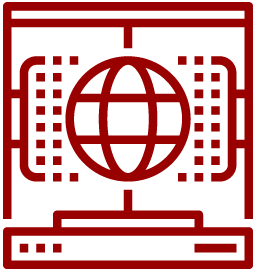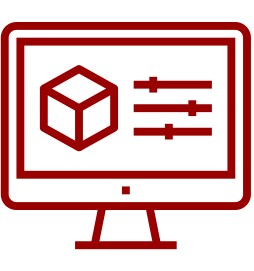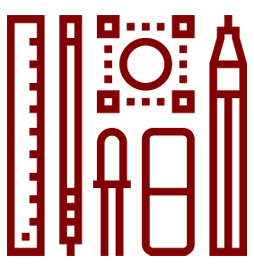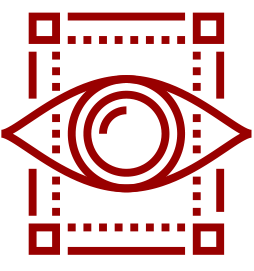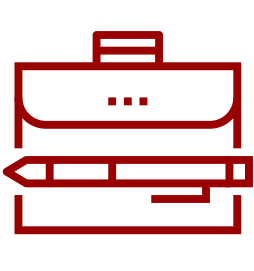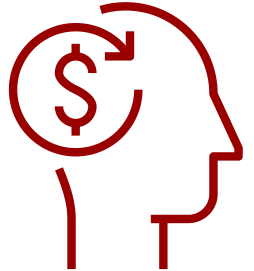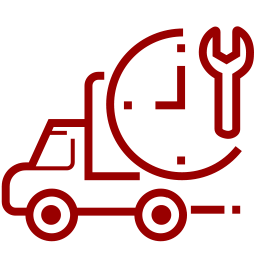VECTORIZATION
Vectorization of drawings is conversion of drawings from the bitmap to vector format. For example, from the JPG format, which can be obtained by scanning of photographing of a drawing, into the DXF format or other format of CAD-programs. The vector format, as distinct from the bitmap one, allows for drawing editing: making changes to the configuration, scaling, editing of stamps, translating into other languages etc.

Vectorization can be automatic and manual.
Automatic vectorization is performed using specialized software, requires significant manual rework and virtually provides no time saving as compared to manual vectorization.
Manual vectorization is performed by specialists completely manually.
Manual vectorization is of two types:
-
Simple vectorization by redrawing, when the initial image is used as a substrate in a CAD-program, and a new drawing is drawn on top of it, which will have the vector format. Certain problems may arise in this case. Sizes in such a drawing are not linked with lines. If a size needs changing, both the size and the line must be changed. Sizes and lines will be linked only if the drawing is referenced to the model. Proportions in the geometry can be violated, particularly in case of distortions in the initial image, e.g. it was photographed but not scanned. Usually this is the simplest method of manual vectorization with the least labour intensity. However, it is often simpler to build a 3D model and make a drawing from it than to redraw.
-
Vectorization with building of a 3D model. A 3D model is built using the dimensions of the initial drawing, and then a drawing is created based on the model. This method is necessary if changes to the part are required. It is more correct but usually also more labour-consuming than simple vectorization. If the customer does not require a 3D model, the designer determines a vectorization technology on his/her own.
Most often vectorization is performed for old paper drawings. And if further work with them is planned, drawings must be coordinated for the modern standards of the unified system of design documentation simultaneously with vectorization. Not only GOST numbers change, but other information as well, which is marked as per old requirements: roughness, tolerances, coatings, materials, methods of treatment, making, stamping etc.
The resulting drawing describes the same part but according to the currently effective GOST. Such work requires certain qualification of the designer. The higher the qualification, the lesser the time spent by the designer in searching in reference books.
A drawing can be updated by any vectorization technology - redrawing or building of a 3D model.

